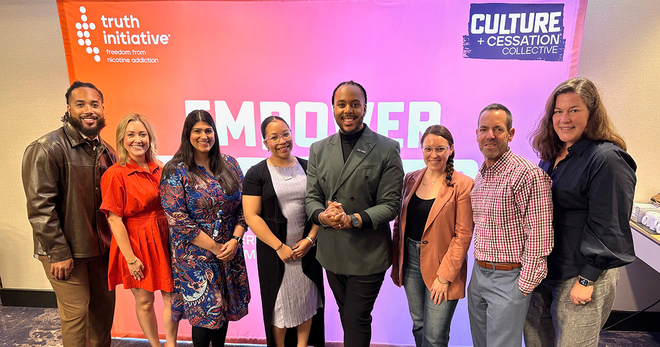CDC highlights need for comprehensive smoke-free policies
Half the country was not protected from the harms of secondhand smoke via comprehensive smoke-free laws in 2015, according to new data released by the U.S. Centers for Disease Control and Prevention.
Only 2.7 percent of the population was protected by comprehensive smoke-free laws in 2000. And while that number rose dramatically to 49.6 percent in 2015, CDC noted that regional disparities remain, particularly in the southeast where no state has a comprehensive smoke-free ban.
The report comes ten years after the U.S. Surgeon General issued an updated report, The Health Consequences of Involuntary Exposure to Tobacco Smoke.
The U.S. Centers for Disease Control and Prevention estimates that 58 million nonsmokers are exposed to secondhand smoke every year, and that secondhand smoke kills approximately 400 infants and 41,000 nonsmoking adults every year – that’s more than the number of Americans expected to die from breast cancer this year.
And as our truth® campaign brought to light earlier this year: it’s not just humans who suffer from secondhand smoke. An estimated 20 percent of pet owners are smokers, and pets are twice as likely to get cancer if their owner smokes.
Because we know secondhand smoke is deadly, Truth Initiative® joined The Society for Research on Nicotine & Tobacco to commend the U.S. Department of Housing and Urban Development for pushing forward to create smoke-free policies in public housing. We encouraged HUD to prioritize education and help with quitting over eviction when enforcing a ban.
Truth Initiative also partnered with 77 other non-profit and government agencies, corporations and individuals to encourage the U.S. Department of Health and Human Services (HHS) to include tobacco control measures as part of Head Start.
Truth Initiative has also partnered with community colleges and historically black colleges and universities to help create tobacco-free campuses via grants that have already reached 29 states and 102 campuses.
There is a lot that can be done to create smoke-free communities. Let’s start by spreading the truth about secondhand smoke and why we still need to be working to #FinishIt.
More in tobacco prevention efforts
Want support quitting? Join EX Program
By clicking JOIN, you agree to the Terms, Text Message Terms and Privacy Policy.
Msg&Data rates may apply; msgs are automated.


